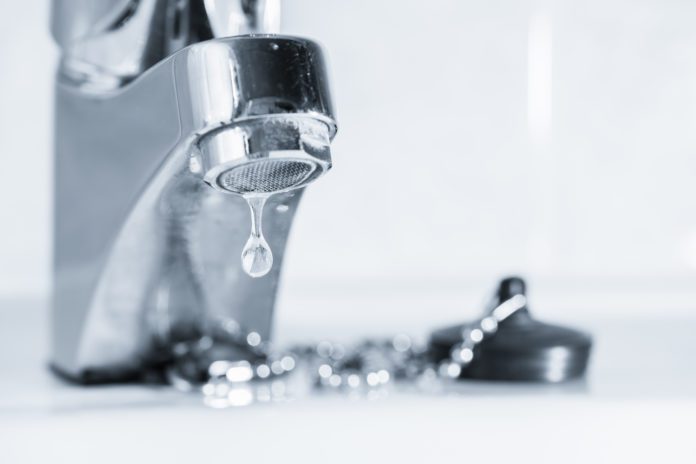When it comes to water consumption, office buildings stand head and shoulders above other buildings accounting for 25% of overall water use. Now through best practices outlined by the Environmental Protection Agency (EPA) commercial and institutional facilities have the opportunity to conserve water and substantially reduce their operating costs.
Building operators can deploy different approaches to integrate water management into their overall conservation efforts of commercial buildings and complexes including significantly reducing water use through water-efficient fixtures, stormwater technologies, and landscaping techniques.
Challenges facing water efficiency
One of the primary difficulties facing water conservation efforts on any property is the price of water. Since water is relatively cheap, even in drought-stricken areas, it is often one of the last aspects that property managers and owners look to for reducing costs. Despite lower prices for water, it?s crucial for building owners water conservation as an essential step in sustainability efforts.
The three most significant uses of water in commercial office buildings are restrooms, heating and cooling, and landscaping, so commercial property owners must look at both indoor and outdoor water use.

One of the most efficient ways to reduce water consumption is by deploying technologies that limit the use of water quantity. In recent years the number of water-efficient appliances and equipment options have increased dramatically. ?Spending on water-related technology worldwide has more than doubled in the past decade and reached $25 billion this year, according to Global Water Intelligence, a research firm based in England. ? Water efficiency technologies available to building owners?range from simple automatic water shutoff sensors and tankless water heating systems to sophisticated weather based machine learning sprinkler systems and even water-free urinals.
While installing water sensors and energy efficient fixtures do have substantial costs associated with their deployment, the expense is offset by savings in water utility costs and expensive repairs and damages caused by undetected leaks which can damage the interior and exteriors landscapes.
In the United States, the most significant allocation for water on commercial properties is for landscaping, which can account for as much as 70% of water use at some buildings. Many cities and towns run rainfall runoff into sewer systems, which also turns stormwater into a budget expense. One way of eliminating this expense if getting rid of rain and stormwater as quickly as possible by harvesting it on-site and use it for irrigation and groundwater discharge. Water collection systems can capture and store rainwater from outside, as well as grey water from plumbing fixtures which can be re-used for landscaping purposes.
Water efficiency use case
The Granite Park office complex in Plano, Texas implemented water-efficient practices by improving its landscape and irrigation system. As a result, the 372,000 square foot landscape significantly decreased its outdoor water use by 12.5 million gallons a year amounting to cost savings of more than $47,000 yearly and earned the U.S. Environmental Protection Agency (EPA) WaterSense label.
The complex’s system controlled by traditional clock timers lacked proper maintenance and was upgraded to weather-based irrigation controllers, which analyze local weather data and landscape conditions to program watering schedules based on plants? needs to limit excess water usage. In addition to installing new controllers, the complex also underwent routine maintenance and repairs to the irrigation system which included replacing broken sprinkler heads; positioning sprinkler heads to ensure adequate coverage, and installing pressure regulating nozzles to increase the uniformity of water applied. Rain and freeze sensors were also connected to prevent unnecessary watering.
How to implement a water efficiency plan in your commercial office building
When implementing water-efficient technologies, there are several things that building owners should consider.
1. Identify the building?s water-using processes. It?s essential to have a deep understanding of the building?s overall water consumption and breakdown of how occupants are using water.
2. Develop a water management plan, which includes conducting a facility water assessment, helps managers and owners understand how much water their facilities use and which processes require the most water.
3. Evaluate solutions to determine what is the best technology for reducing water consumption. For example, if the majority of the water waste is from landscaping, then it might be most efficient to deploy a landscaping technology instead of replacing costly bathroom fixtures.
4. Evaluate and identify potential water-saving opportunities and calculate the payback periods to help prioritize options to reach water savings goals.

